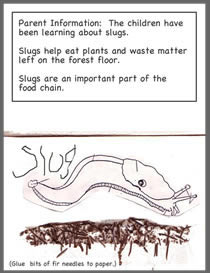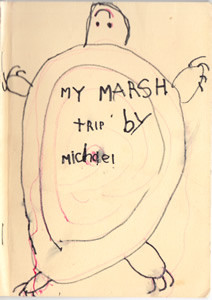What makes a great kindergarten theme or topic of study? Lots of interesting content and real objects, things, and/or living creatures to investigate.
Children need to have something to wonder about, to explore, investigate, and discover, they need to learn ways to share their knowledge, to reflect on what they’ve learned and opportunities to investigate further.
A unit on the seaside has to be more than asking children to sing ocean songs, draw pictures in a booklet that is shaped like a starfish, and color and/or fill in the blanks on math or language art worksheets illustrated with fish and crabs. The topic needs to be concrete rather than abstract.
A Wee Bit of History
In the past, teaching with “themes” in a kindergarten classroom generally meant that the teacher purchased a set of worksheets and activities about a topic and the children spent their days completing the worksheets and completing math activities with laminated objects cut out in the shape of the theme topic. The process was very teacher led and generally did not leave room for exploration and inquiry.
The word “theme” actually means “proposal” as in proposing a project, task, or idea to explore.
A good kindergarten investigation or theme has subject matter that will not only grab young children’s attention, it will lead to observations and inquiries.
Concrete, hands-on studies, investigations or kindergarten themes:
- hold the children’s attention
- create excitement in the classroom
- lead to questions and investigations
- encourage talking and new vocabulary
- offer opportunities to teach skills in an interesting context
Benefits of presenting hands-on themes or topics
Teaching with touch and feel themes encourages students:
- to learn new information
- to share what they already know about the theme
- to be enthusiastic about new ideas and things
- to enjoy investigating the world
- to ask questions and come up with ideas
Teaching with real things…
Always choose kindergarten themes or topics where real things are available. If the central idea is the food chain, visit the woods and bring a slug or snail in for the day. Students and the teacher observe and ask questions.
What does the slug eat?
What does it need to stay alive?
What kind of habitat is the slug happiest living in?
Does anything eat the slug?
Why does it have a hole on its side?
Introduce books to help answer the questions. Children can draw their observations and/ or answer their wonderings with drawings and words. Teachers can provide parent information (glue on page) to explain what the children’s results are all about and the types of research they have been involved in.

Young children are much more attentive when presented with the real thing than if they were studying the food chain with books and DVDs. They will stay involved longer in the theme topic if they can use their senses to learn about it. It can’t be an abstract concept.
Easy ways to share with parents…
Adding information on booklet pages (see image above) helps parents have conversations with their children about their new knowledge when they take their work home.
Suggestions for a year of kindergarten themes or topics…
A Sample Pond Study Content and Skills
Below find sample content and skills to teach in a theme about ponds.
Children will:
- observe animals and plants in jars of pond water in the classroom
- record their observations in booklets
- learn the characteristics of one or two pond animals
- compare similarities and differences in pond animals
- learn what pond creatures need to stay healthy
- learn about the life cycle of one or two pond animals
- be introduced to the concept of the food chain
Use kindergarten themes or topics as an opportunity to draw on basic skill learning
As you prompt the children with topic content or focus their attention on an aspect of a topic, there will be many opportunities to practice language arts skills and math facts. In a natural way, point out to children that tadpole begins with the letter “t” or that the dragonfly nymph has 6 legs or that frog rhymes with log.
Children often get excited about one part of an investigation, so leave room for student questions, ideas, and detours in your plans. Trust the students’ curiosity to lead them to deeper learning.

